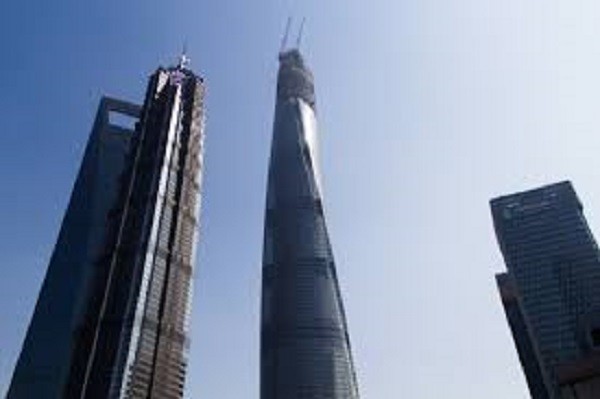The Council on Tall Buildings and Urban Habitat (CTBUH) recently confirmed that the 632-meter-tall Shanghai Tower is the second-tallest building in the world. However, in China, it is the tallest.
Beyond its height, second to Dubai’s Burj Khalifa which stands at 828 meters, what makes the Shanghai Tower is its unique design, featuring curves, twists and its division into nine vertical zones. Each zone, called a vertical neighborhood, rises from a sky lobby.
But more than the architectural features, the tower stands out today, in an era of clean energy, in the area of being environment friendly because its design, compared to a rectangular edifice with the same height, provides 24 percent saving in structural wind loading, reported Money Control.
There is also its light-filled garden atrium that caters to the needs of visitors and tenants to support daily life.
Despite its construction already complete, Shanghai Tower is not open yet to the public, noted Gizmodo. The 128-storey building, found in Lujiazui City, was the subject of Joe Nafis, a filmmaker, who chronicled the rise of the skyscraper by putting in 1,000 work hours to take 350,000 photos, shot from his balcony, over four years from start to end of its construction.
Nafis started his project in 2009 after he got a good location that provided him an unobstructed view of the tower’ site. He captured images of the rising building as it rose behind the 607-foot Aurora Plaza. Nafis maintained a camera in that local for four years until the skyscraper’s completion.
The filmmaker also shoot thousands of images from different location in Lujiazui which occupied 8 terabytes, with some help also from drone pilots and colorists. Nafis spent more than 1,000 hours in exploration, filming and post-processing of the 3-minute, 28-second video below.



























